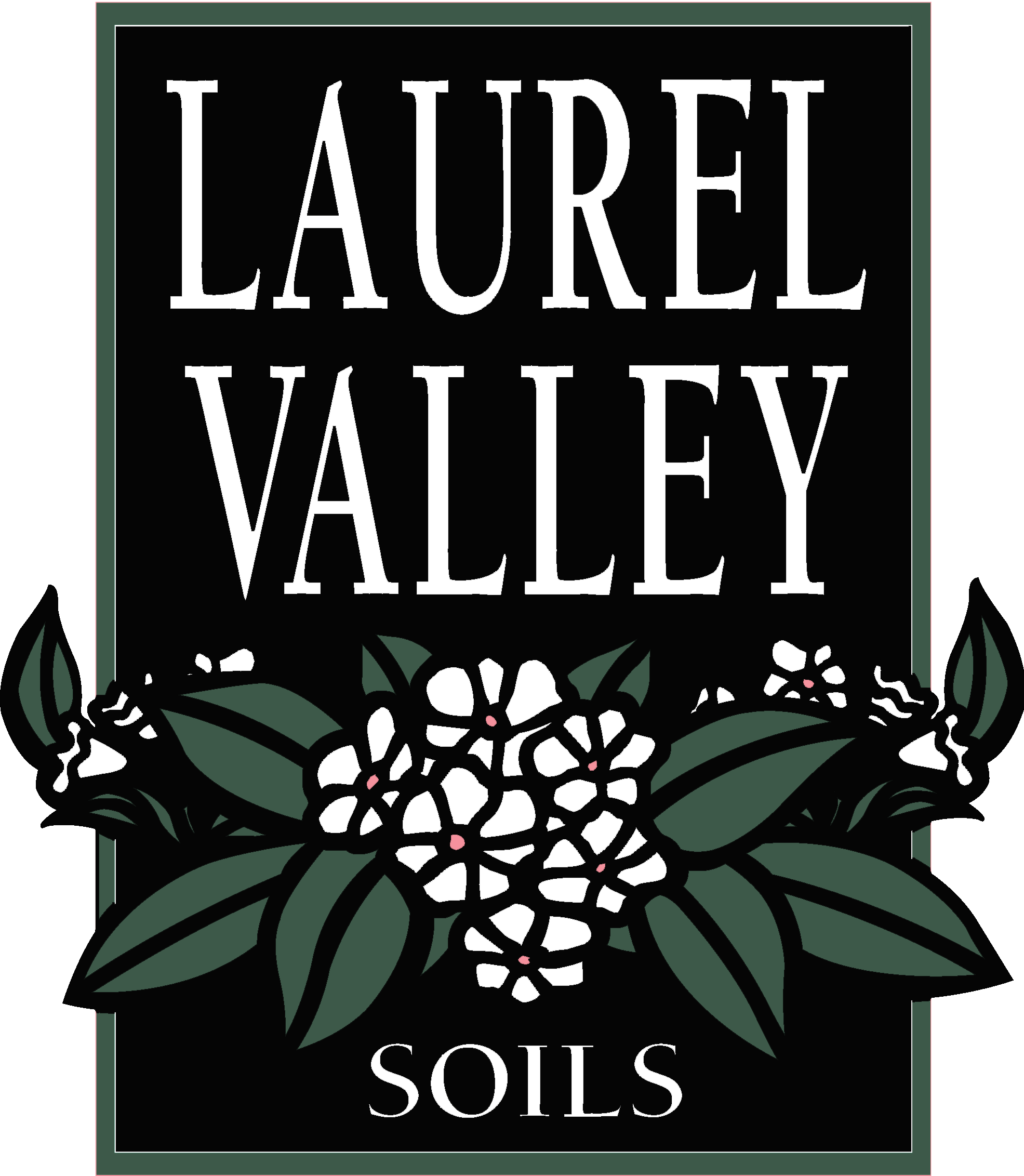PWD Stormwater Soil was originally developed by the Philadelphia Water Department as part of a large green infrastructure policy. The PWD Stormwater Soil was designed to mitigate stormwater runoff when used in applications such as rain gardens, bioretention basins and bioswales. The soil is designed to absorb, infiltrate, and filter stormwater runoff into the ground where it can safely recharge groundwater systems and reduce surface flooding. PWD requires blenders to certify their compliance of this mix twice a year. Laurel Valley Soils has been involved with the PWD Green Infrastructure program from inception and has been an approved supplier every year. Many other cities and municipalities have since adopted this well preforming specification. The goal of a bioretention basin is to capture and divert stormwater runoff displaced from impervious surfaces. Well-designed basins also filter out untreated pollutants that otherwise might flow directly into waterways. Many bioretention basins are large in scale and while they can have attractive plantings, these utilitarian designed basins are generally located out of sight, at the low end of a parking lot or downslope from a building or road.
A stormwater management plan is now a requirement with all new construction that creates impervious surfaces. Water must be contained on site or at least slowed down to prevent flooding and pollutant movement. Bioretention basins are part of the building and zoning code and are required for most building projects including renovations and expansions. The understanding and design of these soils is evolving rapidly.
Stormwater Management
rooflite® certified green roof media is a lightweight, aggregate-based, soilless growing media designed to grow a variety of diverse types of vegetated landscape systems on structure. The major benefits for using green roof media are that it is a lightweight and durable soil that helps reduce stormwater runoff, improves the building’s energy efficiency, and extends the life of the roof. Laurel Valley Soils is the Mid-Atlantic blender for Skyland USA LLC, the owner of the rooflite brand of green roof media products, with blending partners across the USA as well as other locations internationally. For more information about the full product line of rooflite products use this link; www.rooflitesoil.com.
Many projects have unique site conditions and landscape design criteria which can require custom soil solutions. We can create most engineered custom blended soils to fit your project’s design and performance requirements and in the absence of a specification we can offer one of our many off the shelf engineered soil options or collaborate to develop a site specific mix. We can make biosoils, rain garden soils, structural soils, light weight soils, planting soils, rootzone sports turf soils, container/planter soils and more.
For Engineers and Landscape Architects looking ahead to incorporate new specifications for future projects, we can also provide guidance and consultation for creating new custom specifications.
Rain Garden Soils are designed to manage stormwater much like bioretention soils, however they are generally used in smaller scale applications with more ornamental and visually pleasing plantings. This is because rain gardens are often located close to and around buildings and are integrated into the larger aesthetic landscape design. These smaller scale features are a more convenient choice for old sites that are required to upgrade their stormwater infrastructure to meet current building and zoning codes. Rain Gardens are effective because they can be implemented in multiple small installations interspersed in multiple locations around a property that collectively capture the total volume of displaced stormwater.
A stormwater management plan is now a requirement with all new construction that creates impervious surfaces. Water must be contained on site or at least slowed down to prevent flooding and pollution. Bioretention basins are part of the building code and are required for most all building projects including renovations and expansions. The understanding and design of these soils is evolving rapidly.
Other industry names used are Bio-soil, Stormwater Soil, Filter Media, Amended Soil, Engineered Soil.
Bioretention Soil is designed specifically to absorb, infiltrate, and filter stormwater runoff into the ground where it can safely recharge our groundwater systems and reduce surface flooding. The goal of a bioretention basin is to capture and divert stormwater runoff displaced from impervious surfaces. Well-designed basins also filter out untreated pollutants that otherwise might flow directly into waterways. Many bioretention basins are large in scale and while they can have attractive plantings, these utilitarian designed basins are generally located out of sight, at the low end of a parking lot or downslope from a building or road.
A stormwater management plan is now a requirement with all new construction that creates impervious surfaces. Water must be contained on site or at least slowed down to prevent flooding and pollutant movement. Bioretention basins are part of the building code and are required for most all building projects including renovations and expansions. The understanding and design of these soils is evolving rapidly.
Other industry names used are Bio-Soil, Stormwater Soil, Filter Media, Amended Soil, Engineered Soil.

